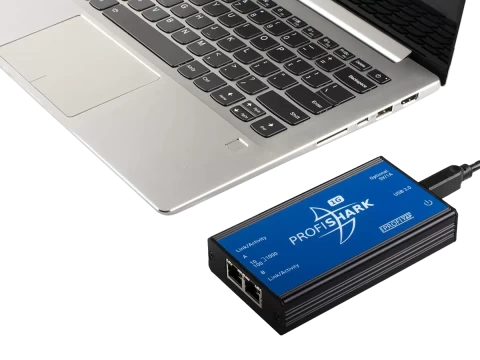-
Call Us:1.800.561.4019
Newsletter
For a Free Quote...
Latest Blog Posts
Blog Categories
Telnet Network News
When Done Right – Visibility Pays For Itself
Network visibility solutions consisting of network TAPS and packet brokers can help for both physical on-premises and cloud-based solutions. Not only can the right visibility solution lower some of your costs, but you also have the potential to achieve an ROI of over 100% (under the right conditions). Not many solutions can boast an ROI like that.
Here are three fundamental network visibility use cases to consider:
- Delay tool CAPEX expenditures as you upgrade the network to 40, 100 and 400 GE links
- Simplify network and application troubleshooting to reduce mean time to repair
- Implement n+1 load balancing to optimize business continuity
Let's look at each one in more detail.
Network Visibility Can Delay and Reduce CAPEX
The solution is to optimize the flow of data to those tools. This is where you can use a packet broker with a load balancing feature to extend the life of your tools. Load balancing is the ability for a network packet broker to take incoming traffic and dynamically spread that traffic across multiple output ports. For instance, incoming traffic at 40 Gbps could be distributed to either one 40 Gbps device, two 20 Gbps devices, four 10 Gbps devices, or some other combination of devices to process the required data. By using this capability, you can utilize your existing, lower bit rate, tools instead of immediately upgrading your tools to 40 Gbps as well. With strained IT budgets due to the rapid expansion of data pipes from COVID-19 related remote working scenarios, a delay in additional CAPEX spending can be a welcome relief.
In another example, two fundamental packet broker features (data filtration and data deduplication) can significantly reduce the size of your monitoring traffic and optimize data bandwidth. The data filtration feature can remove extraneous data by up to 80% or more. It is also common for enterprises to have 25 to 50% duplicate packets on their network. When the two features are put together, it is fairly common to
reduce the amount of monitoring tools by 1 or more units, assuming you have multiple units of a particular tool type. Using a basic financial example, by spending $50K on a packet broker you may be able to eliminate the cost of at least one $100K tool. This could theoretically result in an ROI of 100%. Actual savings would obviously depend upon your specific network configuration.
Simplify and Reduce Remote Troubleshooting Time
Once taps are inserted into a network, they are essentially "set and forget." There is a one-time network disruption but no routine disruptions. This means that a packet broker and diagnostic (or security-related) tools can be connected at will to resolve incidences — often will little to no Change Board approvals required, since there is no disruption to the network. Once an enterprise implements this type of scenario, it
is possible to see an up to 80% reduction in the time it takes to troubleshoot problems. This has been the case for several of Keysight's customers.
N+1 Survivability Optimizes Business Continuity
The load balancing feature of packet brokers mentioned earlier can also be used to implement n+1 survivability and increase tool utilization. If one extra tool is added, then the packet broker will dynamically balance traffic across the tools. Should a tool fail, the load is rebalanced to prevent a loss in monitoring or security functionality. Once the problematic tool recovers, the load is dynamically rebalanced again by the
packet broker. This feature creates a const-effective component redundancy solution while also inserting self-healing capabilities into the network.
When you subscribe to the blog, we will send you an e-mail when there are new updates on the site so you wouldn't miss them.






Comments